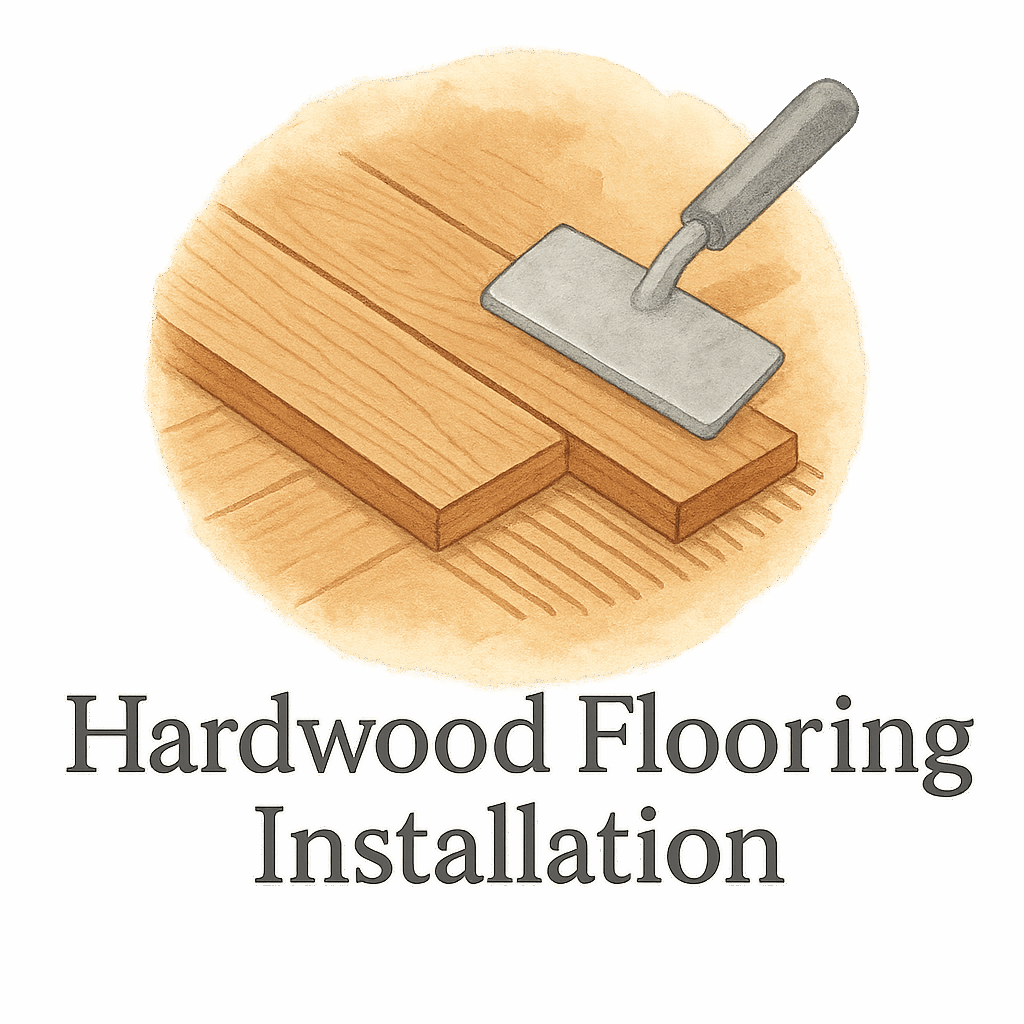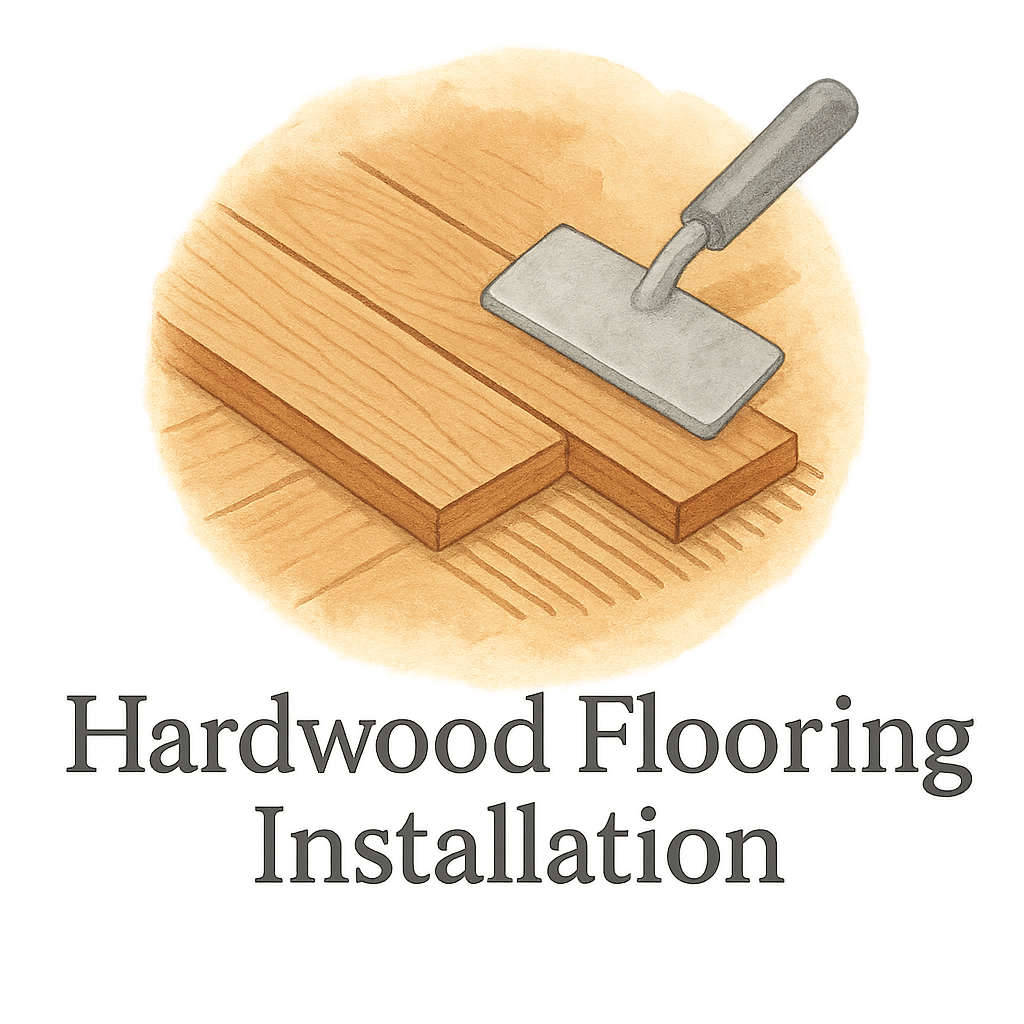Introduction
Hardwood floors? Timeless. Beautiful. But man, can they be expensive! If you’re dreaming about the warmth and elegance of hardwood but dreading the price tag, you’re in the right place. Let’s talk about how to keep your budget in check without compromising on style.
In this guide, we’re covering 6 super-practical ways to save money on hardwood flooring installation, including DIY tricks, smart buying tips, and pro advice. Plus, we’ll sprinkle in helpful internal resources to guide you every step of the way.
1. Choose the Right Hardwood Material
Consider Engineered Hardwood
If you’re set on that hardwood look but your budget says otherwise, engineered hardwood might be your best friend. It’s made with a thin layer of real wood on top and composite underneath—giving you the look and feel of solid wood at a fraction of the cost.
It’s also easier to install, especially if you’re thinking about a DIY flooring installation, which brings even more savings.
Opt for Budget-Friendly Species
Not all wood species cost the same. Oak and maple, for instance, are generally more affordable than exotic woods like mahogany or teak. Do your homework and check out our flooring materials guide for more insights.
2. Plan Ahead to Avoid Extra Costs
Accurate Floor Measurements
Measure twice, buy once. Getting accurate dimensions helps you avoid over-ordering (and overspending). Use our flooring cost and time estimation tool to get a ballpark before shopping.
Timing Your Purchase Right
Shop during off-peak seasons (typically late fall or early winter) to score deals. Retailers often run clearance sales to clear out last season’s stock—hello savings!
3. Tackle DIY Where Possible
Simple Tasks You Can Handle
Even if you’re not ready to install the entire floor yourself, you can still take on parts of the project—like removing the old flooring, cleaning the subfloor, or moving furniture. These “easy wins” save you labor costs and add up fast.
Need help getting started? Our DIY flooring guide is full of beginner-friendly tips.
Use Online DIY Guides
YouTube, blogs, and tutorials like those on flooringcontractorplanofbs.com/tag/diy are goldmines. Just be sure to follow reputable sources. Mistakes can get pricey if you have to redo the job.

4. Buy Flooring Materials Smartly
Bulk Buying and Discounts
Buying more at once often gets you a discount. Measure your total square footage, add 10% for waste, then shop bulk. Talk to local suppliers—sometimes they’ll price match or even beat online deals.
Check for Clearance Sales
Check the best deals section on our site or look for discontinued styles. Sure, you might have fewer color choices, but the price difference can be huge.
5. Prepare the Subfloor Properly
Avoid Future Repairs and Rework
Skipping proper subfloor prep is like building a house on sand—it won’t end well. Invest a little time (and maybe a little elbow grease) up front, and you’ll avoid costly repairs down the road.
Visit our flooring preparation guide to learn how to prep like a pro.
Tools You Need for Prep
Think leveling compounds, moisture barriers, and underlayment. We’ve got a detailed breakdown on must-have tools and materials.
6. Hire Professionals Strategically
Compare Multiple Quotes
Never settle for the first quote. Compare 3–5 estimates. Use our flooring quotes tag to browse pros and get pricing clarity.
Work With Local Installers
Local contractors often offer better rates than national chains. Plus, they’re easier to communicate with and more flexible if changes pop up.
Bonus Tips to Cut Flooring Costs
Reuse Existing Materials
Can your old baseboards or underlayment be reused? What about transitions or molding? If they’re in good shape, clean them up and put them back to work.
Stick to a Simple Pattern
Herringbone or diagonal layouts look amazing, but they’re labor-intensive—and expensive. A straight-lay pattern saves on both time and cost.
Need help with layout planning? Check out our layout and pattern resources.
Common Mistakes to Avoid
- Rushing the prep phase (prep mistakes tag)
- Forgetting underlayment (underlayment tips)
- Hiring without checking reviews
- Ignoring long-term maintenance needs
- Skipping moisture testing
Trust us—avoiding these saves cash in the long run.
Conclusion
Installing hardwood flooring doesn’t have to drain your savings. By making smart material choices, planning ahead, tackling simple DIY steps, and shopping smart, you can have the gorgeous hardwood floor of your dreams—without the nightmare bill.
Keep these 6 strategies in mind and let Flooring Contractor Plano FBS be your go-to guide. From prepping to pricing, we’ve got every step covered.
FAQs
1. What is the cheapest way to install hardwood flooring?
DIY! Doing the labor yourself can cut costs in half, especially if you stick to click-lock or engineered hardwood options.
2. How can I reduce labor costs for hardwood flooring?
Handle prep work yourself, move your own furniture, and get multiple quotes from local installers.
3. Is engineered hardwood cheaper than solid hardwood?
Yes! Engineered hardwood can cost 30–50% less and is easier to install, especially for DIYers.
4. How do I maintain my hardwood floor cheaply?
Regular sweeping and using a homemade vinegar-based cleaner helps. See our cleaning tips for more.
5. Can I use laminate or vinyl instead of hardwood?
Absolutely! If you’re on a super tight budget, these alternatives offer the look of hardwood at a much lower price point.
6. How long does hardwood flooring last?
With proper care and maintenance, hardwood can last 30–100 years!
7. What’s the biggest mistake when installing hardwood flooring?
Poor prep. Check out our flooring prep guide to get it right the first time.


